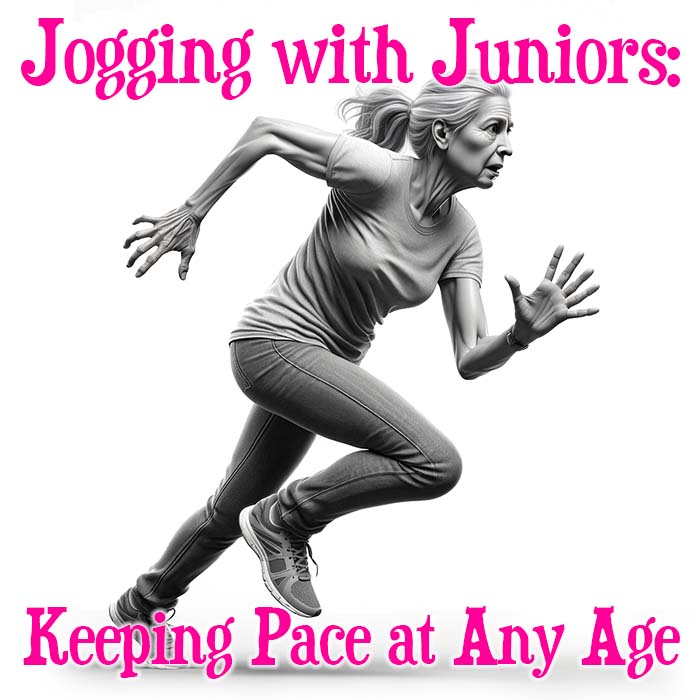Enhancing Balance and Flexibility with Pilates: A Key to Age-Defying Fitness

Introduction
As we age, maintaining balance and flexibility becomes increasingly important, yet more challenging. The gradual decline in these physical attributes can lead to a reduced quality of life and increased risk of falls and injuries. This is where Pilates, a form of exercise that emphasizes controlled movements and breathing, plays a crucial role. In this article, we will explore how Pilates can be a transformative practice for improving balance and flexibility, and why neglecting these aspects of physical fitness can be detrimental as we age.
The Importance of Balance and Flexibility
Balance and flexibility are foundational elements of physical fitness that affect our daily activities. Good balance helps prevent falls, a major concern for the ageing population, while flexibility is essential for the full range of motion, reducing the risk of muscle strains and joint pain.
Pilates: A Pathway to Improved Balance and Flexibility
Pilates, developed by Joseph Pilates in the early 20th century, is a method of exercise that enhances core strength, balance, and flexibility. It involves precise movements and specific breathing techniques to promote efficient and harmonious body mechanics.
- Core Strength and Balance
Pilates focuses heavily on strengthening the core muscles – the muscles of the abdomen, lower back, and pelvis. A strong core is vital for maintaining balance and stability. As these muscles become stronger, practitioners often notice an improvement in their overall balance, making them less susceptible to falls. - Enhanced Flexibility
Regular Pilates practice increases the flexibility of muscles and the mobility of joints. This improvement is achieved through controlled stretching and movements that cover a full range of motion, thereby enhancing muscular elasticity and joint health. - Mind-Body Connection
Pilates is not just a physical exercise; it also involves a strong mind-body connection. This focus on mindful movement helps in developing greater body awareness, which is crucial for balance and coordination.
The Risks of Neglecting Balance and Flexibility in Aging
As individuals age, the risks associated with poor balance and flexibility become more significant. Loss of balance can lead to falls, which are the leading cause of injury and hospital admissions among older adults. Reduced flexibility can result in a decreased range of motion, making daily activities more difficult and increasing the risk of muscle and joint injuries.
- Increased Risk of Falls
One of the most serious consequences of losing balance in old age is the increased risk of falls. Falls can lead to severe injuries, such as hip fractures or head traumas, and can significantly impair one’s independence. - Reduced Mobility and Independence
With decreased flexibility, the elderly may find it harder to perform daily tasks, leading to reduced mobility and independence. This can have a profound impact on their quality of life and mental health. - Musculoskeletal Problems
Poor flexibility can contribute to musculoskeletal problems, including back pain, joint stiffness, and muscle atrophy. These conditions can further limit mobility and lead to a sedentary lifestyle, exacerbating health issues.
Conclusion
Pilates offers a sustainable and effective way to maintain and improve balance and flexibility, crucial aspects of physical fitness that tend to diminish with age. By incorporating Pilates into their fitness regime, individuals can significantly reduce the risks associated with ageing, such as falls and decreased mobility. Embracing Pilates is not just about exercise; it’s about adopting a lifestyle that values and nurtures the body’s ability to move gracefully and efficiently at any age.
